 |
| Joan Ruppert’s father, Joe Tortorici, pictured in the late 1930s. This image, along with many others, was discovered in a trove of negatives and contact prints given to Joan by her mother. |
When Joan Ruppert was handed a box of film negatives by her mother, she had no idea what to expect. What she found was a precious glimpse into pre-war Chicago, and a priceless insight into her father’s early life.
Thanks for speaking to us Joan. Tell us about the shoeboxnegs project.
Many years ago my mother handed me a shoebox – literally – a shoebox full of negatives and said ‘Your dad used to take a lot of photographs, he was an avid photographer’. Which I really didn’t know, and I was actually kind of flabbergasted by that. I’d just started taking a darkroom class, and seeing that I was getting interested in photography, my mom suddenly remembered about this box of negatives.
As the images were coming off the scanner, I was amazed. I had no idea what I had
Years later I pulled them out, and put them on my flatbed scanner and I realized that none of them were going to fit into the standard holders. They were odd sizes – either too big, or too small, or too bumpy, or too curled.
So then I decided to learn how other people had approached similar tasks, and I discovered wet scanning, and I started working on that. As the images were coming off the scanner, I was amazed. I had no idea what I had.
So I put a website together to showcase the images, and then I really got excited about sharing them with the world.
 |
| Street portraits, showing life in Chicago, dominate the collection. |
How much did you know about your father’s early life before you started working on these images?
He died when I was very young. What I know is that he was a city kid, his parents were born in Sicily, so he was first-generation. His family came from modest means, so I knew he didn’t have a lot of expensive cameras, or access to a proper darkroom or anything like that, so that was another mystery: Whose camera was he using? Was it his? I have no idea.
Shortly after Pearl Harbor he went into the Navy, and saw a lot of action, and when he came home I don’t know if he ever picked up a camera again.
The world of today is very different to 1939 – how different is Chicago, and life in general, as seen in those pictures compared to now?
There are things that are different, and things that are very, very similar. When the bulk of these pictures were taken, my dad had just graduated from high school, and he had this posse of six to eight guys, and apparently they just hung out of together, and did the usual crazy stuff – climbed up on billboards, mugged for the camera, pretended like they were boxing – and they took pictures.
In that way, to me, it all seems very similar to what teenagers do now. They hang out in groups, they check out the girls, they stand around by cars, things like that. That all feels very familiar.
What is very different is the access to the tools to record that experience. Everybody now has a camera with them all the time in their phone. And everybody is documenting what they’re doing. But back then it wasn’t nearly as common.
 |
| This image was created from a negative in very poor physical shape. Joan used image processing software to bring a lot of the more damaged negatives back to life. |
From a technical point of view, what were the challenges you faced in digitizing those photographs?
One of the toughest things was actually culling the collection down. I came up with a method for culling, where on my computer I created a blank text document, which became my light table. And then I took my iPhone, and I put it in inverted colors mode. So with the negative pinned in front of the monitor, using my phone I was able to look at a positive image. So then I put them into categories: one star, two stars, and so on.
Once I had them categorized I started to do the wet scanning. I learned pretty quickly that some of the negatives were simply irredeemable. They were either badly underexposed, or overexposed, or too scratched. So that whittled it down even further.
Once I started to do the wet scanning, I used Photoshop and Capture One to get the most out of those negatives that weren’t optimal in terms of contrast, things like that, and pulled a lot out of them that I probably wouldn’t have been able to do in a traditional darkroom, or at least not as easily.
 |
| ‘The Posse’, on the steps of Chicago’s Crane Tech High School: built in 1903 and still standing. The building’s exterior was the setting for many photos in the collection. |
Looking at the pictures, it seems like you’re getting rid of some dust and scratches, but you’re leaving in things like drying marks, fingerprints on the negatives, and things like that. You’re not painting things out, or in?
Absolutely. My dad didn’t have an enlarger, so everything he printed was in the form of contact prints. I felt very married to that idea: of seeing the whole negative, in the same way as he did. The uneven edges, the thumbtack marks, things like that. I didn’t want to perfect them. That idea just didn’t appeal to me.
I felt that if I perfected them too much, there was a risk that some of their character, and some of the aspects of them that were thrilling to me, might be lost.
When you were doing the digital work, what kind of adjustments were you making?
A lot of it was dealing with contrast and mid-tones that had been lost, and trying to bring up as much detail as possible without over-sharpening. For example there’s one image, I call her ‘Sailor Girl’. She’s standing in front of a brick wall.
There’s no such thing as ‘batch’ on a project like this. Every one of them is a one-off
At first I didn’t see it, but after fiddling with the negative, I saw there was faint writing on the brick. I wanted to improve the negative enough that you can see there’s something there, but not sharpening to the point where you lose the feel of the photograph. I might have gone too far on some of the negatives, but it’s a judgement call.
And it was different for every negative. Every negative had its own personality, and every negative had its own needs and requirements. No two were the same. There’s no such thing as ‘batch’ on a project like this. Every one of them is a one-off.
 |
| ‘Sailor girl’. The faint lettering on the brick wall was revealed during digital processing. |
Aside from your father, how many of the people in these photographs are you able to identify?
Very few. My mom is in a couple of them, my uncle is in two, I’ve got a cousin who’s in one. The rest of the people, I have no idea who they are. I don’t know if the girls in the photographs are acquaintances, or old sweethearts, I have no idea. I don’t know anything about ‘the posse’ of his high-school friends, or what happened to them. I also don’t know who took the photos in which my father is pictured!
You want to fill in all these blanks, but the truth is I have no idea what he was feeling
Besides the technical challenges – which were actually kind of fun – the mental challenge for me was accepting the fact that there was a lot that I don’t know, and I won’t know. And resisting the temptation to fill in the blanks. It’s easy to start projecting, and thinking well, the pictures were taken in the really short time after high school, and before Pearl Harbor – did he feel a sense of freedom?
You want to fill in all these blanks, but the truth is I have no idea what he was feeling, and it’s not smart of me to try to make assumptions. I just have to let it be. I’ll never know.
When a project like this goes out into the world, there is a risk that people might start projecting their own feelings onto the images in a way that you may not recognize. Did you worry about that?
Yes, I did, and I do think about it. I thought a lot about contacting you, and other outlets about it because you do immediately lose control. I put a couple of the pictures up on my personal Facebook page, and some of what you mentioned – some of that started happening.
There was one image of the posse sitting in front of a billboard for a train route. And all these train people out there jumped on it, and they just wanted to talk about the train. Or they were saying how the kids in the pictures looked like a bunch of thugs, and because it was Chicago they must have been bad guys, or gangsters. Ascribing all of this stuff that had nothing to do with anything. You do lose control, and that’s concerning.
 |
| ‘Quintessential Chicago’, in Joan’s words. And a favorite photo from the collection among train enthusiasts, apparently. |
There’s a lot of politicization of nostalgia going around, these days.
I worry about that to some degree. There’s part of me that wonders if my father was here, would he be thrilled by all this or horrified by it? And I really don’t know. I don’t expect people to look at these pictures in the same way that I do, because it’s not their father, it’s my father. I talked to my brother and sister about it too, to make sure that they were OK with me making the pictures public.
People are going to fill in the blanks, because that’s what people do.
I know you’re reluctant to read too much into these images yourself, but do you feel like you know your dad a bit better than you did?
Yes, I do. I had just turned eight years old when he died. He was 43, and his hair was almost snow white. So I thought he was an old man. Now when I look at him, I see a teenager. He’s having fun. I do feel like with the photographs, I’ve been able to see some things that were important enough to him, that he captured them. I don’t know why they were important, but they were.
So on that level, I think I do understand him a little better. But if anything, I feel like I have a fresh batch of questions I would love to ask him if we were to meet again. That alone makes the project worthwhile.
 |
Joan Tortorici Ruppert is a writer and television producer, based in Illinois.
You can see more images from her project at her website:
shoeboxnegs.com
|
Articles: Digital Photography Review (dpreview.com)













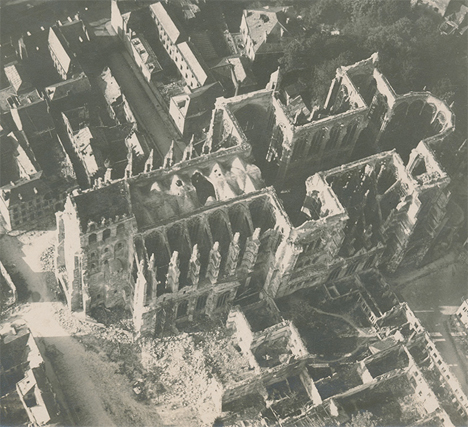
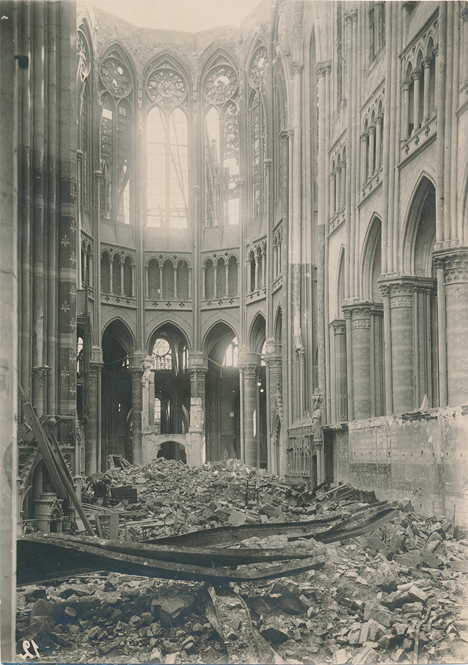

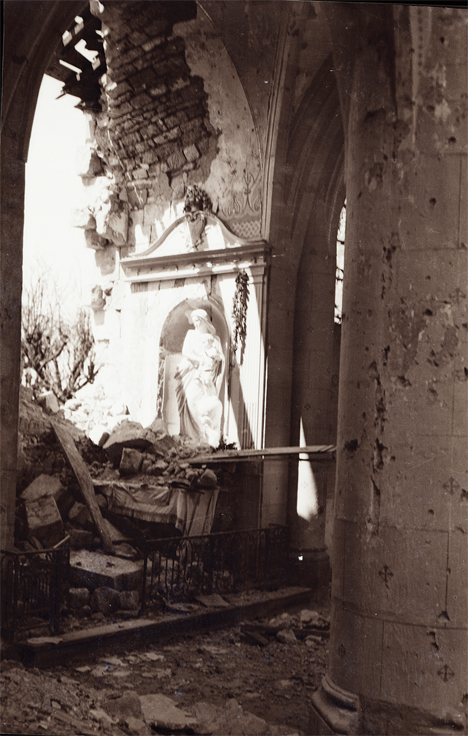
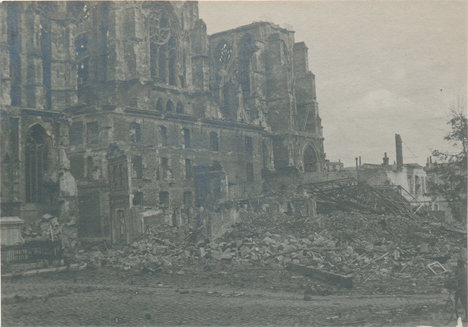
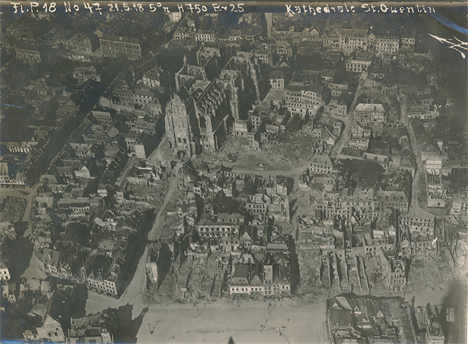










You must be logged in to post a comment.